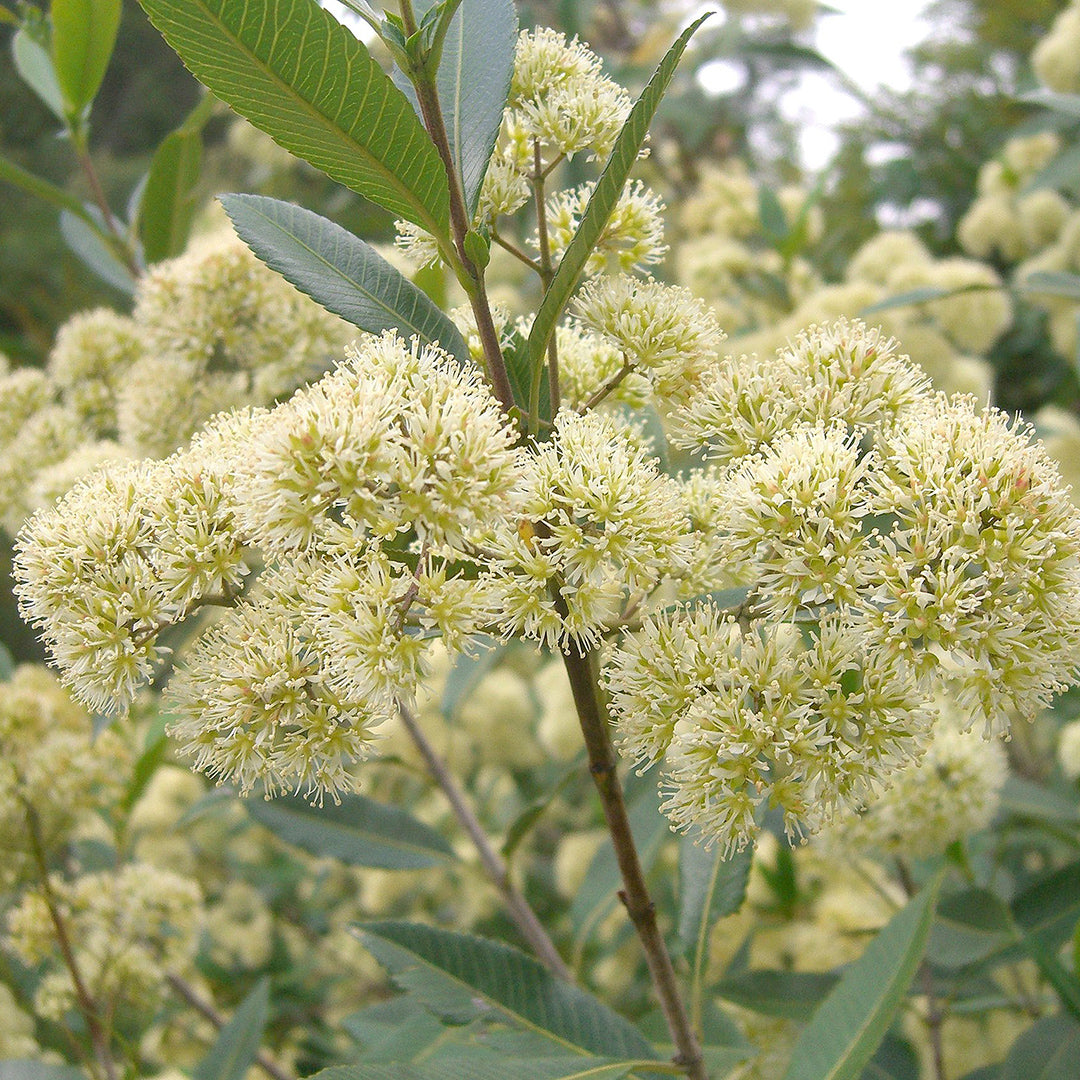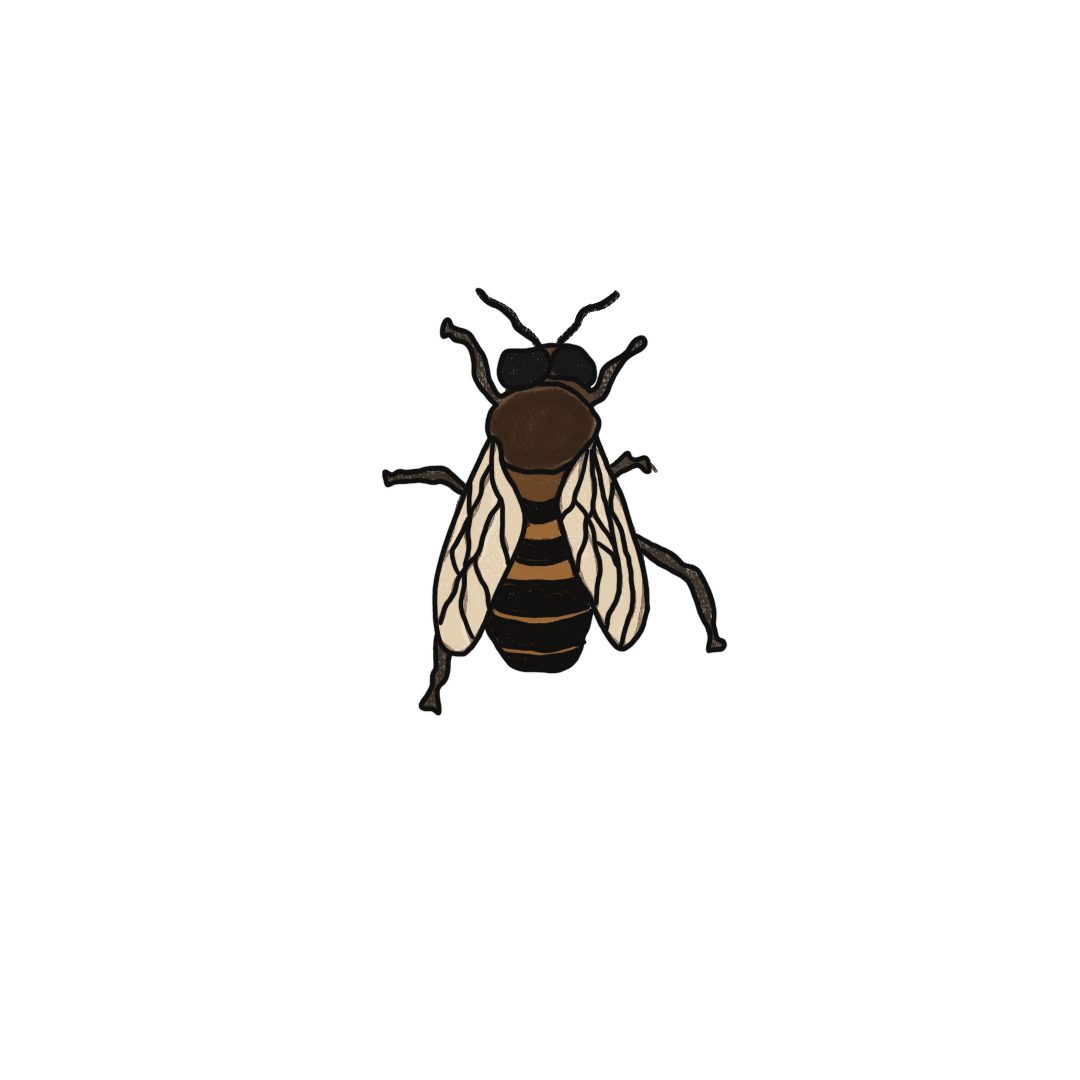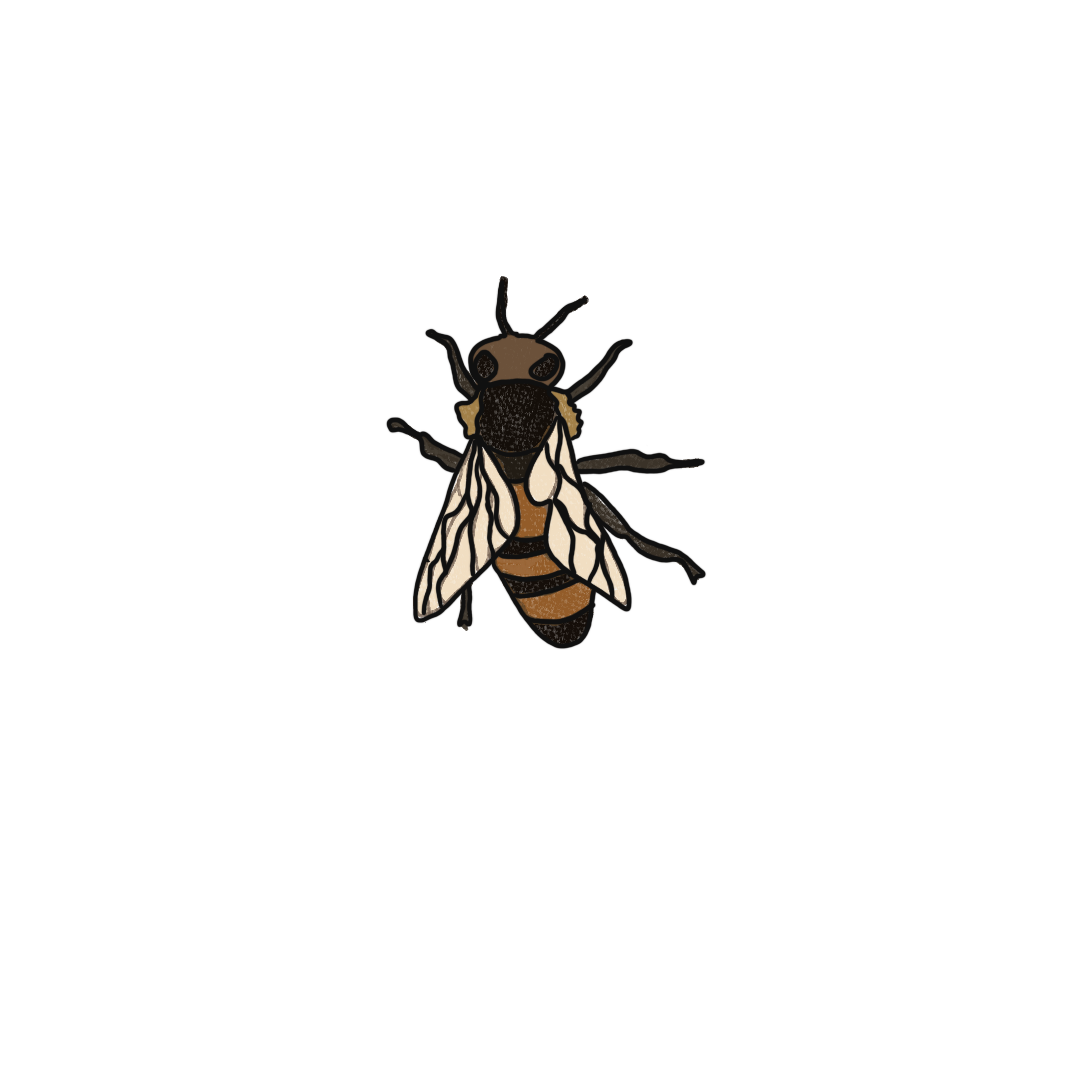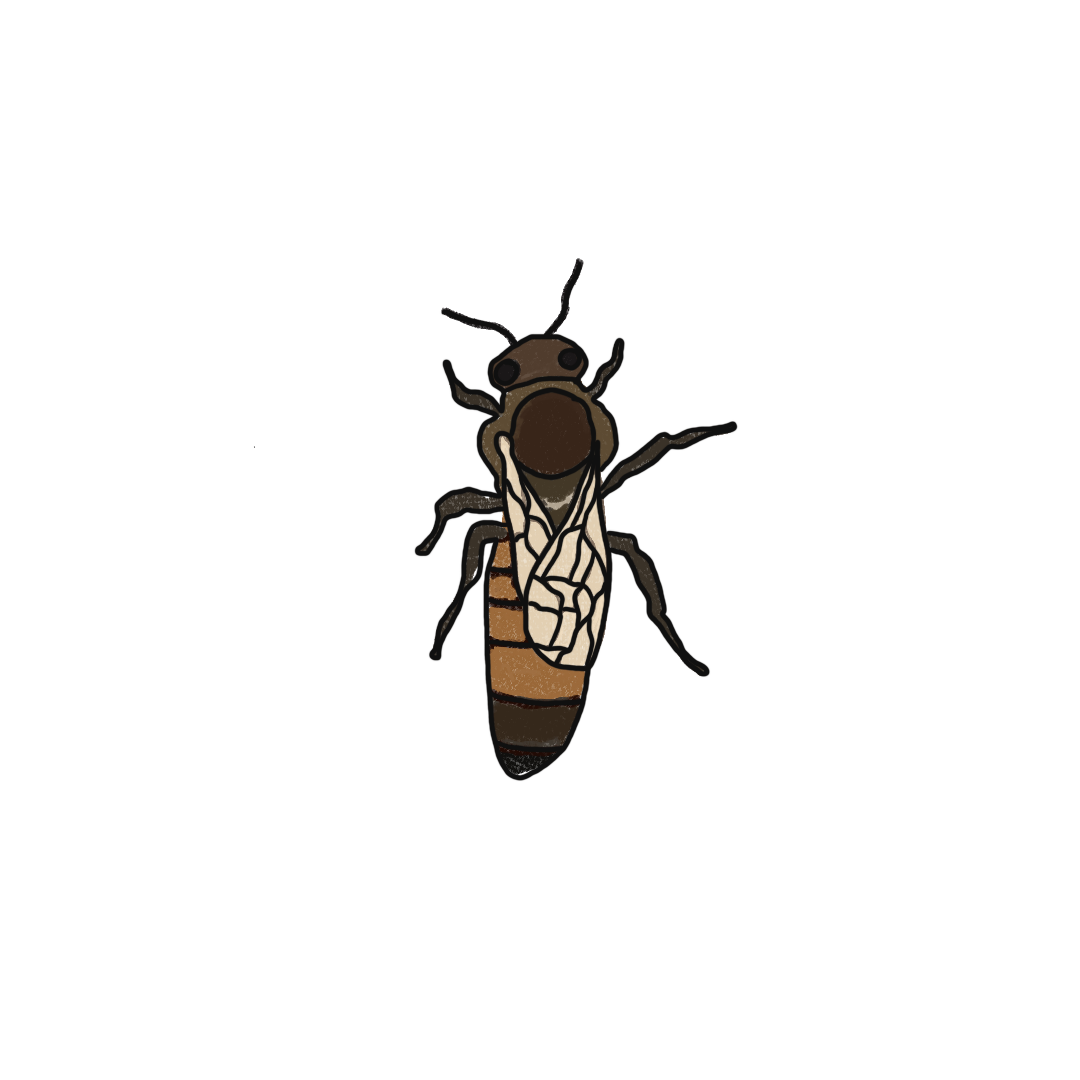
Movement of a body
In physics, kinetic energy is the energy a body possesses due to its relative motion. It is defined as the work required to accelerate a body of a given mass from rest to a given speed.

When the car is released from a certain height, the energy is transformed into kinetic energy of movement, which is what moves the car and keeps the body from being expelled.
Nectar
The nectar of the Tiaca tree is an ally in keeping the body moving. It provides glucose, the body's source of energy for everything it does, from work to thought. It is absorbed by the intestine and travels through the bloodstream to the cells to provide them with energy, which is why we see it as a catalyst or kinetic energy .

TIACA / Weinmannia trichosperma
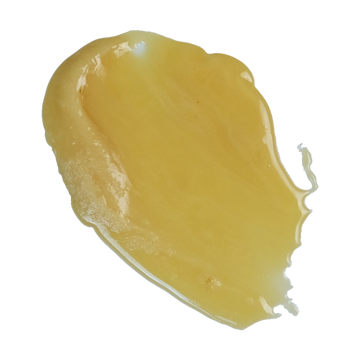
TIACA HONEY
The Tiaca honey produced in El Cabrito contains 51% monofloral nectar from the Tiaca tree. It is characterized by its aroma and intense sweetness, ideal for times of glucose deficiency that rob us of concentration. Tiaca honey is light green in its liquid state, like its hermaphrodite flower. Its flavor is perfect for pairing with food. It is preferable to replace refined sugar with raw Tiaca honey, thus enriching it with nutrients and prebiotics that are very beneficial for the body's well-being.
CHOOSE YOUR BEE
TIACA
BOTANY
Caldcluvia paniculata , commonly known as Tiaca or quiaca, is an evergreen tree native to Chile and Argentina belonging to the Cunoniaceae family.
It has lush, glossy foliage. It can reach a height of 20 meters, and its trunk has a diameter of 0.7 meters. Its flowers are small, white, and hermaphrodite, arranged in axillary inflorescences. It blooms between December and February, and its fruits ripen between February and March. It is common in humid, shady areas in southern Chile and Argentina.
It is of great importance as a beekeeping flora, serving as a nectar source for honey production. Its wood is used in shipwrighting, and in pre-Hispanic colonial times, its ground leaves were used as tow for caulking dalcas and other vessels.
